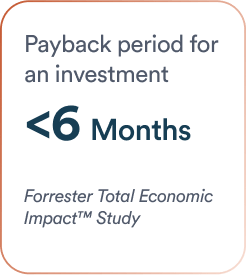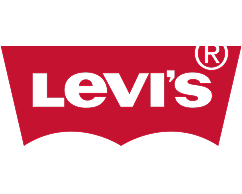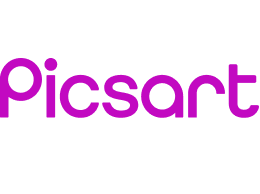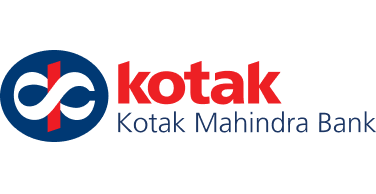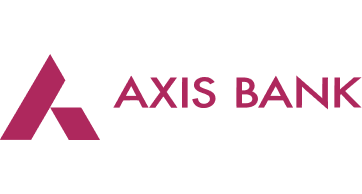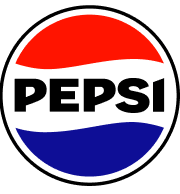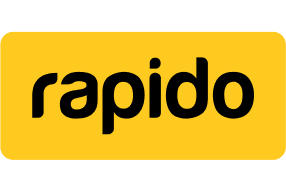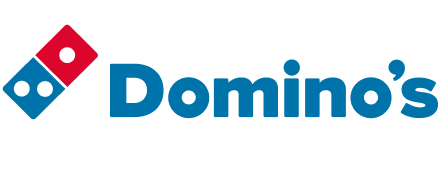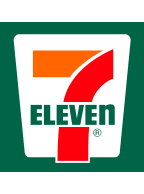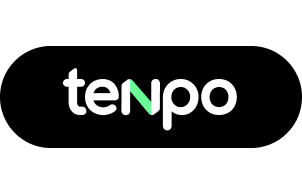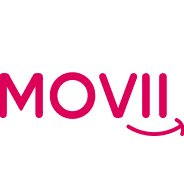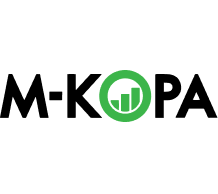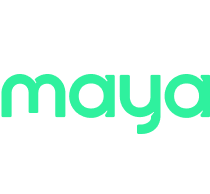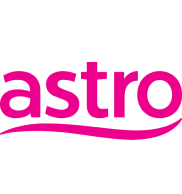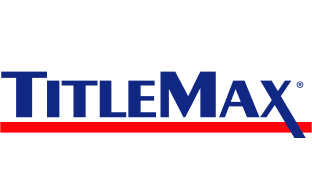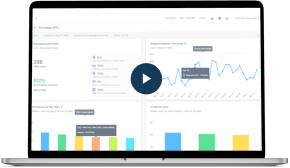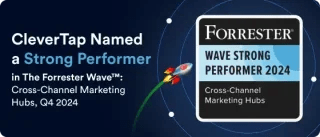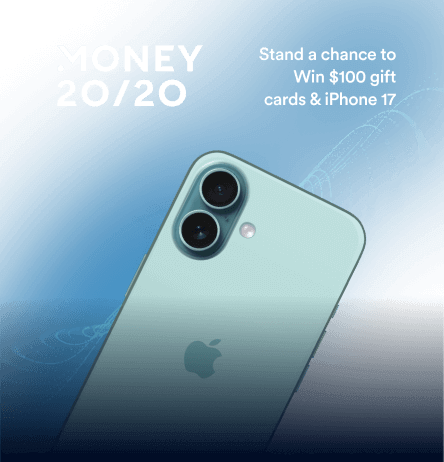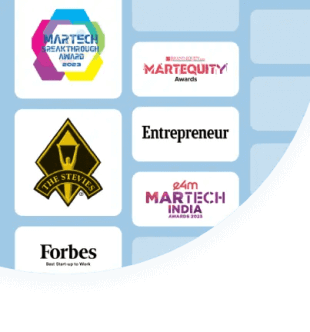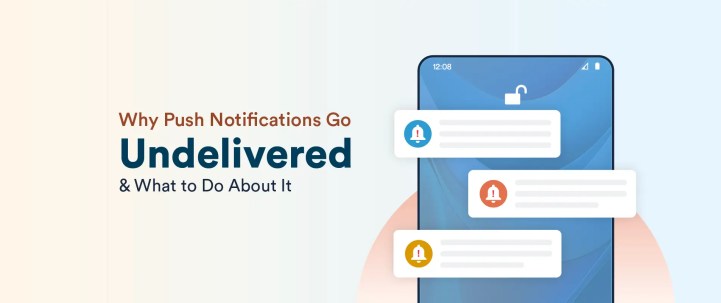Did you know your carefully crafted push notifications might never reach half your audience? Despite best efforts, many marketers suffer invisible losses daily in the battle for user attention. And with acquisition costs between $1.50–$5.00 per install and over $29 per paying user, the stakes are high, not just to acquire but to retain users.
Push notifications are among the most effective, cost-efficient engagement channels. They’re personal, real-time, and behavior-driven, with CTRs reaching up to 9%*.
But there’s a hidden hurdle: even the best-crafted notification is worthless if it never appears on-screen. Delivery doesn’t guarantee visibility. This is why ensuring high render rates—not just delivery—is critical to campaign success.
And here’s why it matters even more: Android powers over 71% of all smartphones globally, with more than 3.3 billion users. In fast-growing markets like India, Southeast Asia, Africa, and China, Android’s dominance is even more pronounced. But within this ecosystem, a complex web of OEM-specific customizations from brands like Xiaomi, OPPO, Vivo, and Transsion (Tecno, Infinix) poses serious challenges to push notification delivery. These manufacturers often apply aggressive battery-saving and background process restrictions that suppress notification rendering, especially when the app hasn’t been recently launched.
For instance, while Firebase Cloud Messaging (FCM) claims 99% delivery rates, actual render rates can fall dramatically on devices from these OEMs due to such constraints. That means a huge chunk of your audience, particularly in these high-growth regions, might never see your message.
This blog explores the difference between delivery and rendering, why notifications go undelivered, and how you can dramatically improve your render rates using CleverTap’s RenderMax technology. Because in the battle for attention, visibility is everything.
Difference Between Push Notifications Getting Delivered vs Rendered
Push notifications getting “delivered” means the message has been handed off from your backend system to a platform like Firebase Cloud Messaging (FCM) for Android.
Think of it as the message leaving your post office — but not necessarily reaching the user’s doorstep. However, just because a message is delivered doesn’t guarantee it will appear on the user’s screen. There are several roadblocks between delivery and visibility. The notification is only “rendered” when it successfully appears on the user’s device screen, becoming visible and actionable.

This difference matters because many notifications, although technically delivered, are never actually displayed to the user. This can happen due to device-level restrictions, user settings, battery optimizations, or connectivity interruptions.
As a result, marketers might see a high delivery rate but a significantly lower render rate, leading to misconceptions about how well their campaigns are actually performing.
Key Reasons Why Push Notifications Go Undelivered
To give you the full picture, here are the most common and critical reasons why push notifications may not get delivered or rendered on a user’s device.
- OEM-related Restrictions: Some Android device manufacturers restrict or stop background processes that limit device connectivity with FCM, impacting push notification delivery on the device. This is particularly true for Chinese OEMs that tweak the Android OS to optimize battery life. These aggressive system-level tactics limit background activity, often breaking the connection required to deliver push notifications reliably. As a result, users on devices like Xiaomi, OPPO, and Vivo sometimes miss important notifications, such as product offers, alarm clock notifications, live updates, and important status updates.
- Connectivity Issues with FCM: Push notifications on Android are delivered via Firebase Cloud Messaging (FCM). The FCM maintains an idle socket connection from the Android device to Google servers. It is this connection that allows push notifications to be rendered on the user’s device. However, this connection can be interrupted for several reasons:
- Unstable or No Internet Connection: If the device is not connected to the internet (e.g., poor signal, no data, or network failure), FCM cannot deliver the notification.
- Airplane Mode Enabled: When the device is in airplane mode, it disables all wireless communication, making it impossible for FCM to reach the device.
- Device Offline for Extended Time: If the device remains offline for longer than the Time to Live (TTL) of a message, the notification expires before it can be delivered.
- Firewall or Network Restrictions: Certain Wi-Fi networks (e.g., workplaces, schools, or public Wi-Fi) may block FCM traffic.
- Battery Saver or Low Power Modes (OEM and Third-Party Tools):
- Built-in Battery Saver or Low Power Modes: Some OEMs automatically restrict background processes or pause push notifications to conserve battery. This is especially true when the app hasn’t been used in a while or the device is idle for extended periods.
Moreover, third-party battery-saving apps also force-stop other apps in order to increase battery life. This poses serious challenges for most apps, especially those that rely on real-time communication or aren’t frequently used. - External Apps: Battery-saver apps can aggressively terminate apps, cutting off their ability to receive push notifications. This often happens silently in the background, especially for apps that users haven’t opened recently.
- Built-in Battery Saver or Low Power Modes: Some OEMs automatically restrict background processes or pause push notifications to conserve battery. This is especially true when the app hasn’t been used in a while or the device is idle for extended periods.
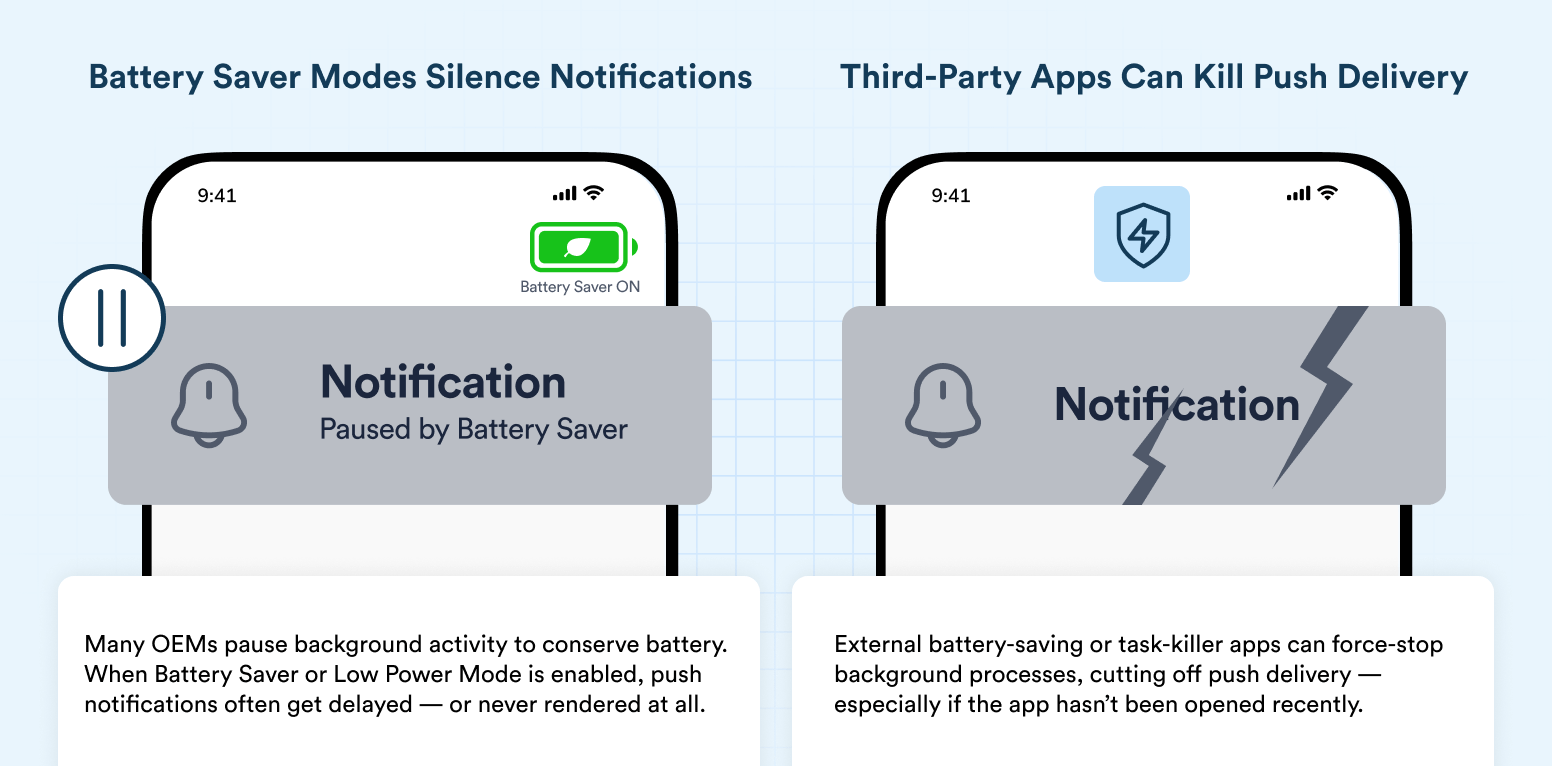
- Recency of App Launch: Apps that haven’t been launched recently are deprioritized by many devices, especially on Chinese OEMs. When an app is considered ‘inactive’ by the device, its background processes — including those responsible for rendering push notifications — are more likely to be restricted. There is a strong correlation between recent app activity and better notification delivery rates, particularly on devices with aggressive background restrictions.
For example, Chinese OEMs show delivery rates of ~20% for recently used apps, which decrease to as low as 10% when the app hasn’t been used in a while. These numbers reflect only users who have already opted in to receive notifications. - Frequency of App Usage: In our analysis, we also found a correlation between the frequency of app usage and delivery rates. The above chart shows that OPPO and Vivo have a higher increase in delivery rates with increasing frequency of attendance (frequent App Launches) as compared to other top Chinese OEMs and Google, Samsung.
- Time to Live (TTL) Expired: When a user is not connected to the Internet, FCM is unable to send push notifications. If the connection to the device is not established within the set Time to Live (used to set an expiry date on the delivery of push notifications), the notification is undelivered.
The Ultimate Solution to Ensure All Your Push Notifications Are Rendered Across Android Devices
RenderMaxTM is a push notification rendering technology by CleverTap. RenderMax boosts push notification render rates up to 90% so you can engage users you could not before, and elevate your push campaigns’ ROI.
RenderMax improves mobile notification render rates by determining the state of the device and adjusting the notification rendering accordingly. For example, using RenderMax, you can ensure the delivery of your push notifications even if the device is in battery-saving mode or an inactive state, especially on Chinese OEMs.
RenderMax helped BetterHalf, India’s first and only marriage super app, skyrocket their push render rates to 85%.
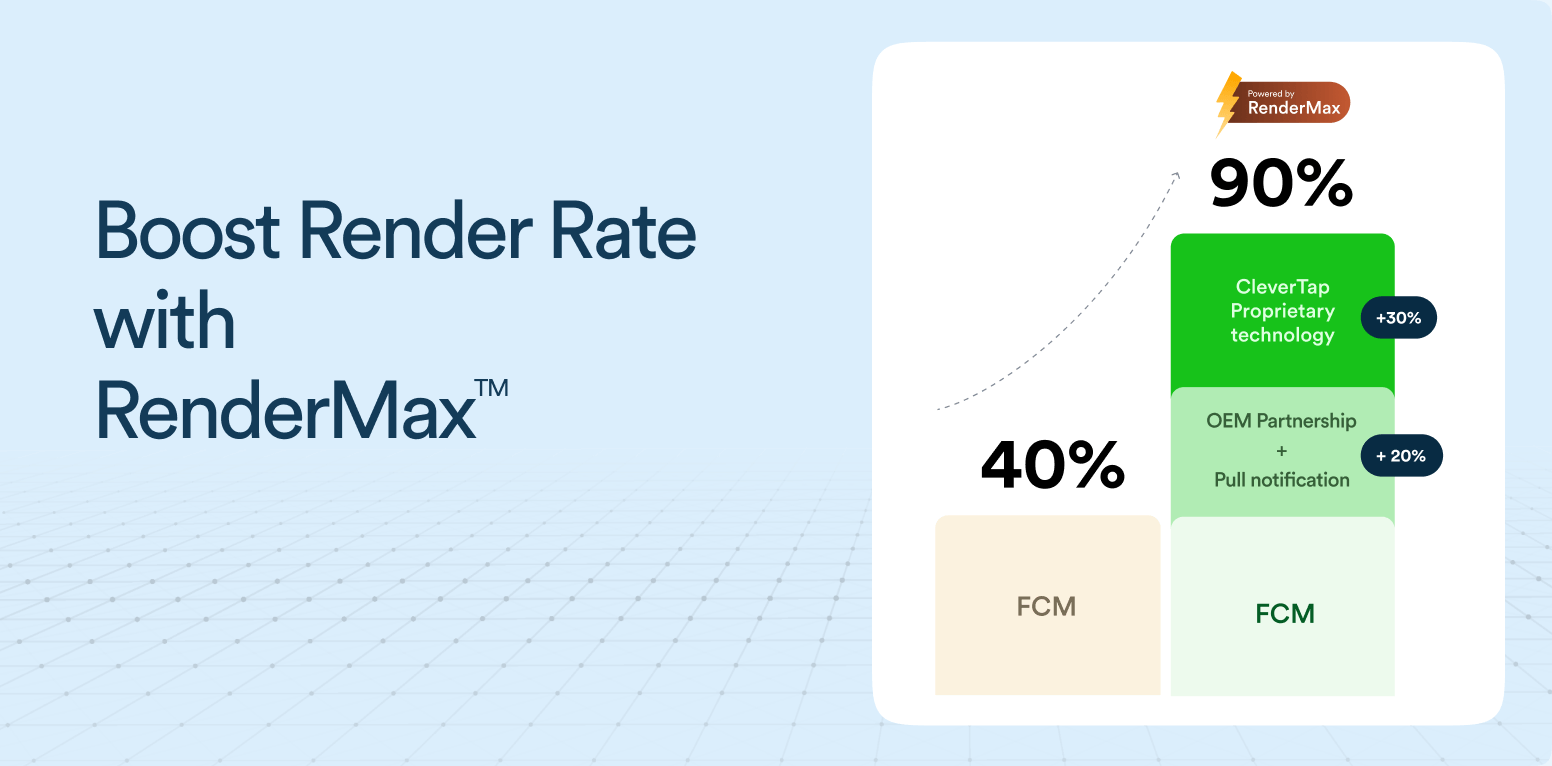
RenderMax enables you to use the power of the following features:
RenderMax Push SDK
The RenderMax SDK intelligently determines the state of the app and device. For example, if the device is in a battery-optimized state (common on Chinese OEMs), the SDK wakes the app context just enough to render the notification, even if the app hasn’t been launched in a while.
OEM Partnerships
CleverTap has established partnerships with key OEMs such as Huawei and Baidu. These relationships allow RenderMax to work around aggressive background restrictions by enabling background services and ensuring better connectivity between the device and FCM.
Pull Notifications
Pull Notifications act as a fallback mechanism. If a notification wasn’t rendered due to device state or connectivity issues, the CleverTap SDK periodically checks the server to retrieve and render any missed notifications. This is especially effective for users who haven’t launched the app recently.
Seamless across all OEM Devices
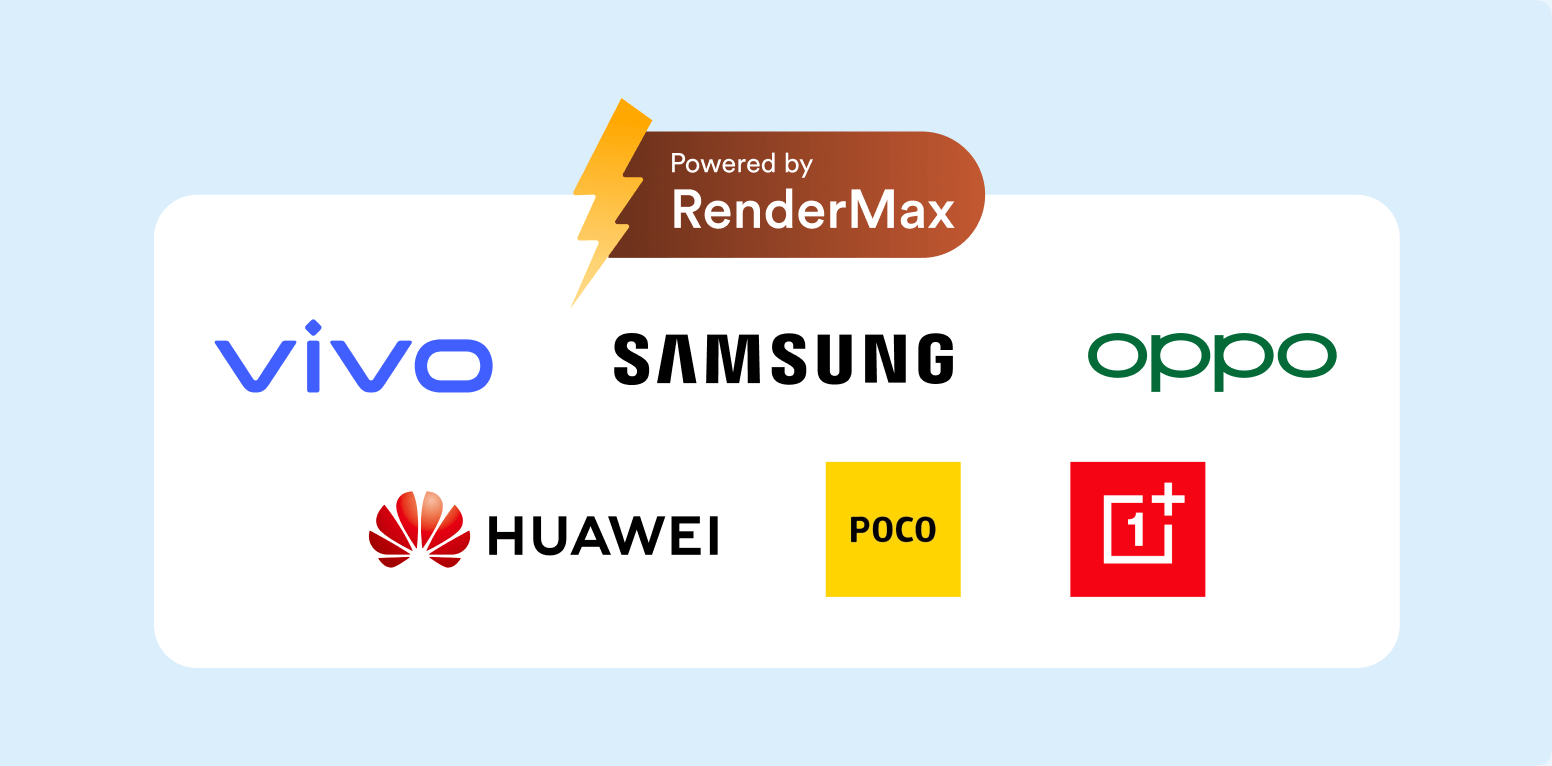
How MPL Achieved 75% Push Render Rates with RenderMax
MPL, the world’s leading mobile eSports and digital gaming platform, connects with millions of users during high-stakes tournaments and contests, where timing and engagement are everything. With RenderMax, MPL saw a 15% average lift in push notification delivery and rendering rates, with some campaigns reaching up to an impressive 75% render rate. This uplift directly contributed to increased user participation and session activity during critical events.
By combining real-time device state assessment, deep integrations with OEMs, and intelligent fallback strategies, RenderMax dramatically improves render rates, up to 90% in some use cases. That means more users see your messages, engage with your content, and convert.
Where RenderMax Delivers Value
RenderMax is ideal for marketers and product teams targeting:
- Critical Alerts: Ensure users stay updated till the last mile across businesses like food delivery, cab hailing, and more. High render rates make sure your users never miss important notifications, irrespective of the device or state of the device.
- Onboarding Journeys: Enhance user sign-ups and initial transactions by rendering notifications to users who otherwise would go inactive without adequate engagement.
- Promotional Campaigns: Maximize campaign ROI, from your Black Friday or Festive Season campaigns by engaging users who were otherwise unreachable, increasing conversions manifold.
- Reactivation Flows: Reach and engage inactive app users, since FCM has a low probability of delivering notifications from these apps, ensuring you don’t lose out on these customers.
If you’re struggling with low render rates or feel your push campaigns aren’t performing to their full potential, RenderMax could be the edge you need.
Ready to maximize your push ROI? Explore how RenderMax elevates your engagement strategy
Kiran Pius 
Leads Product Launches, Adoption, & Evangelism.Expert in cross-channel marketing strategies & platforms.
Free Customer Engagement Guides
Join our newsletter for actionable tips and proven strategies to grow your business and engage your customers.



